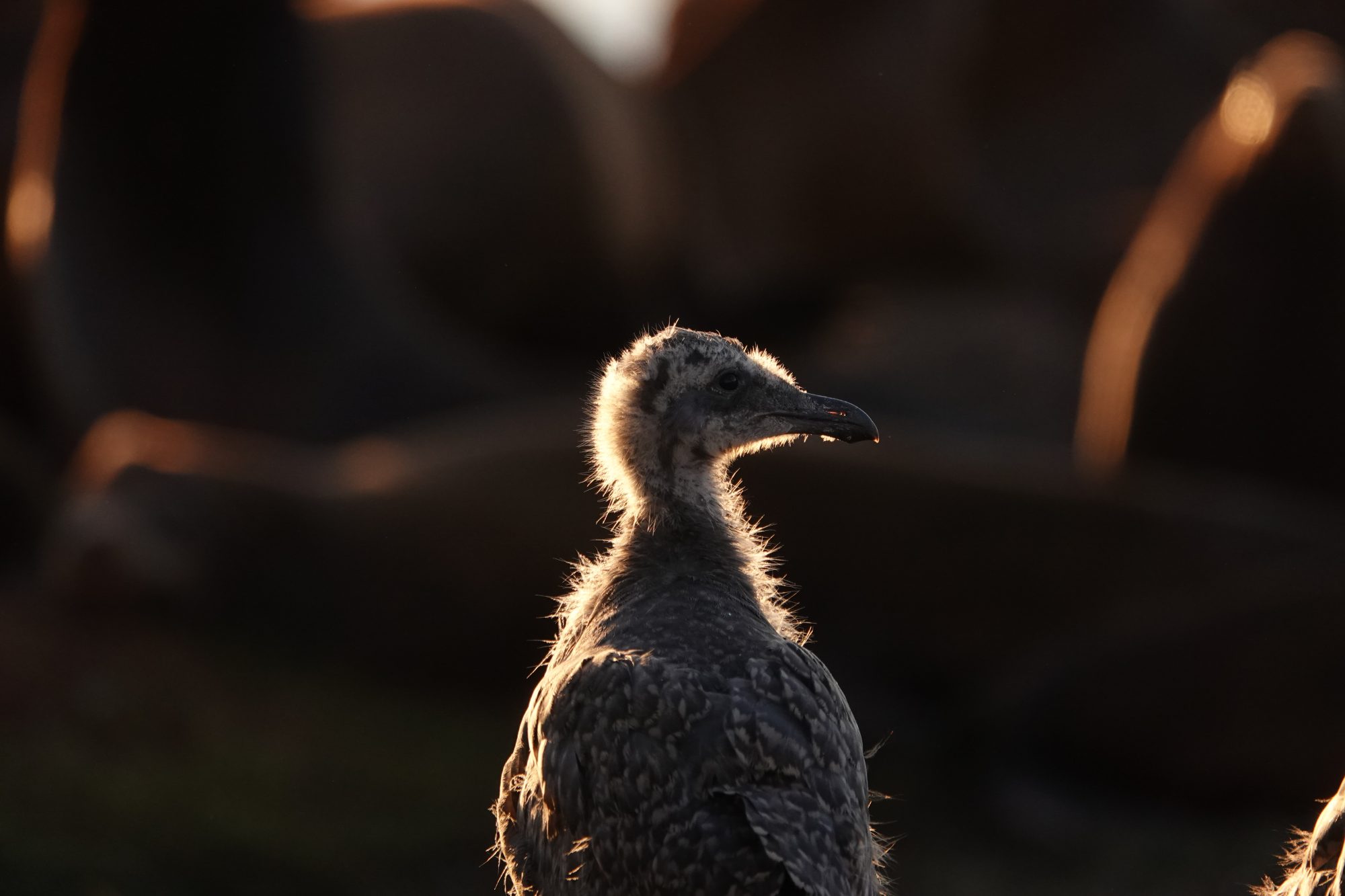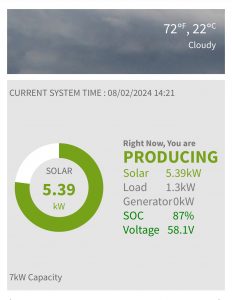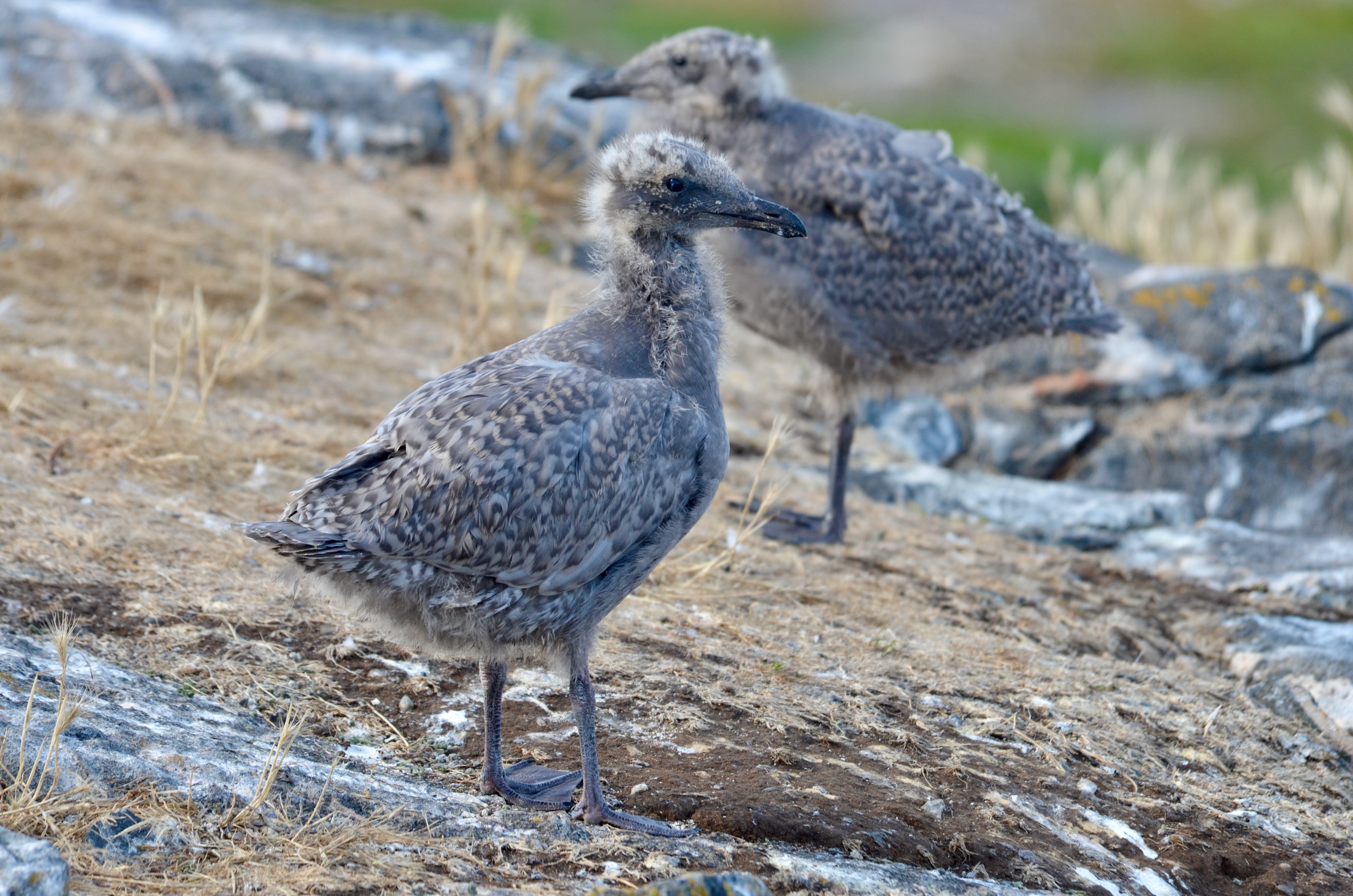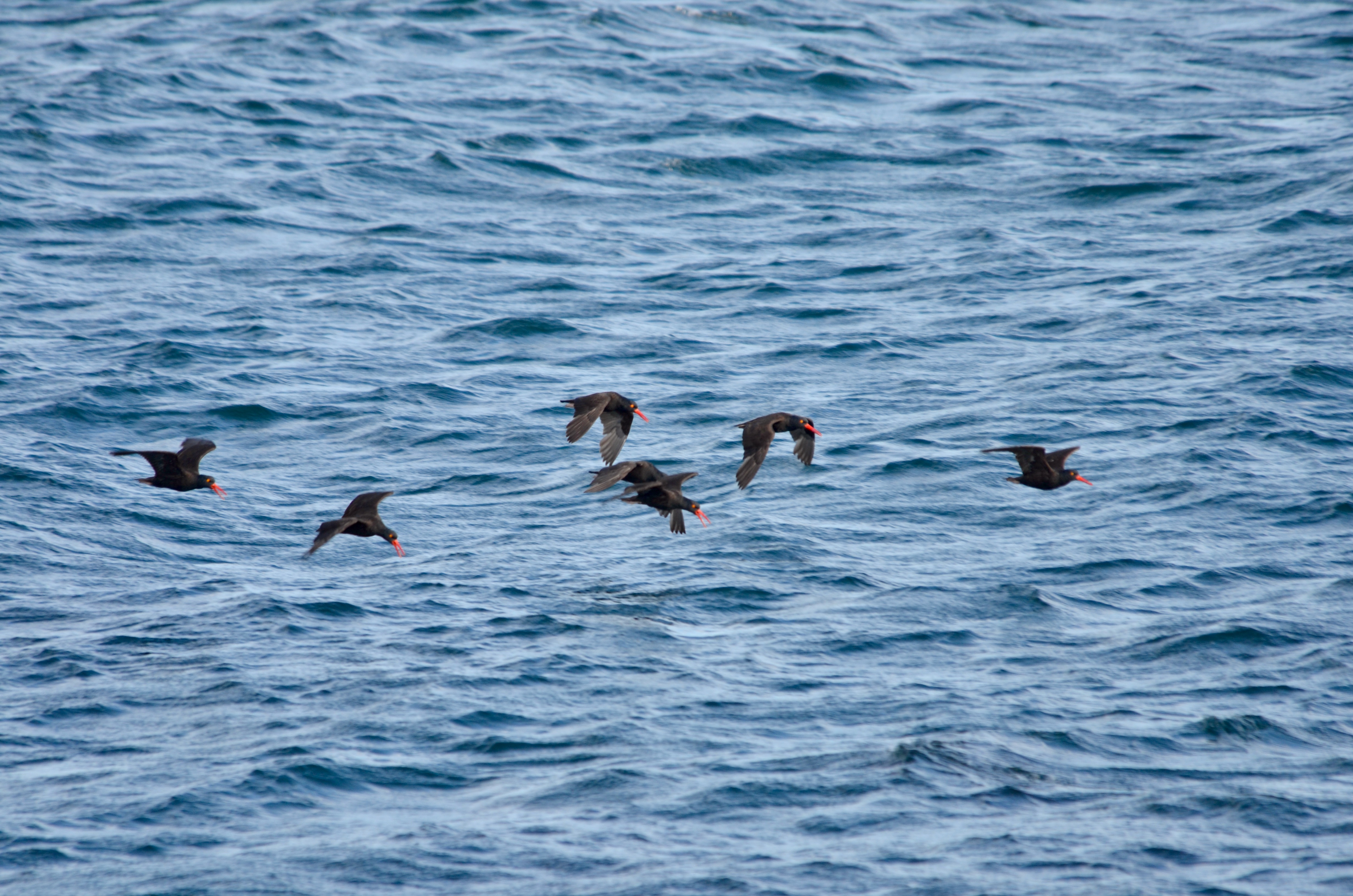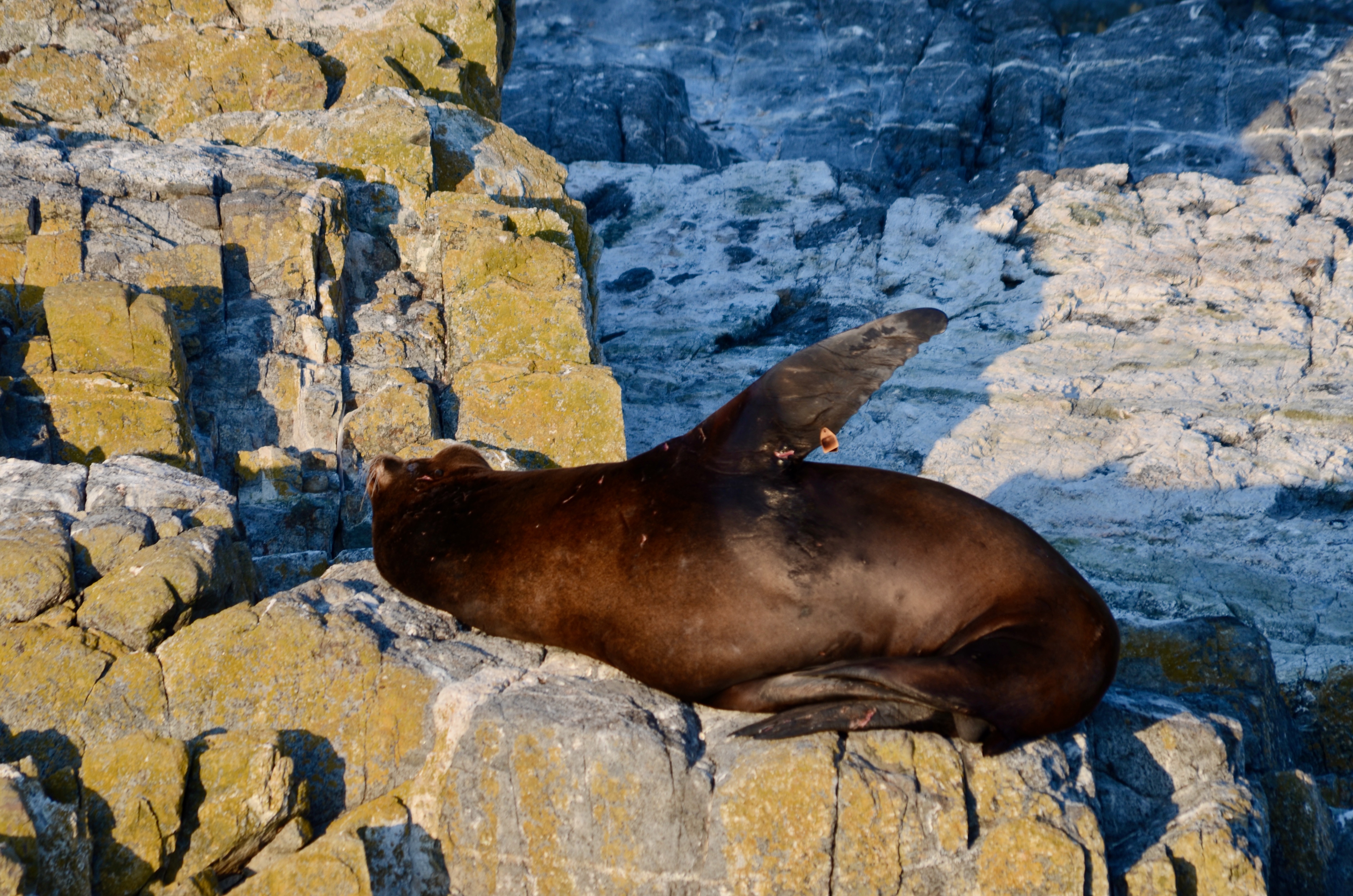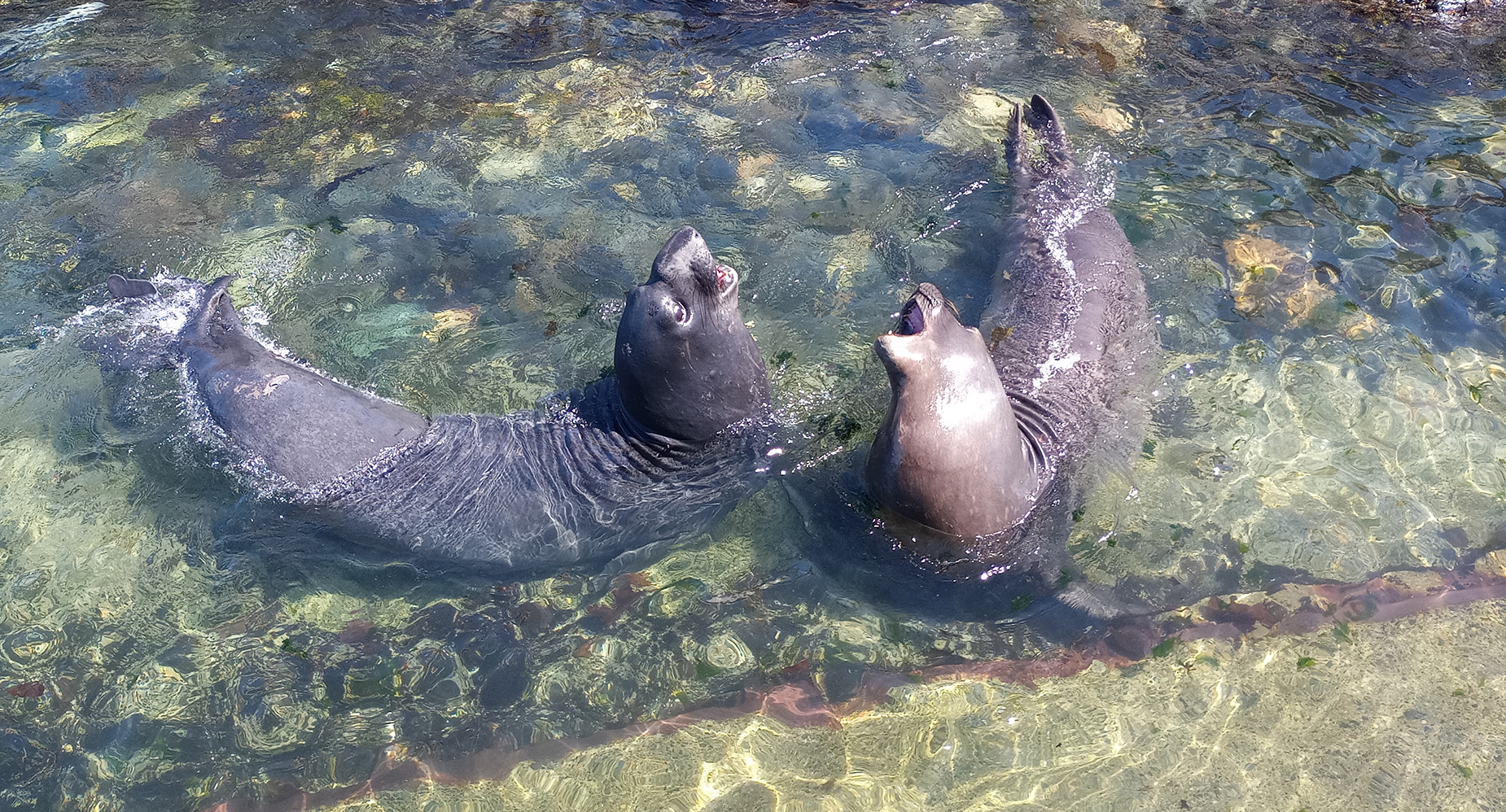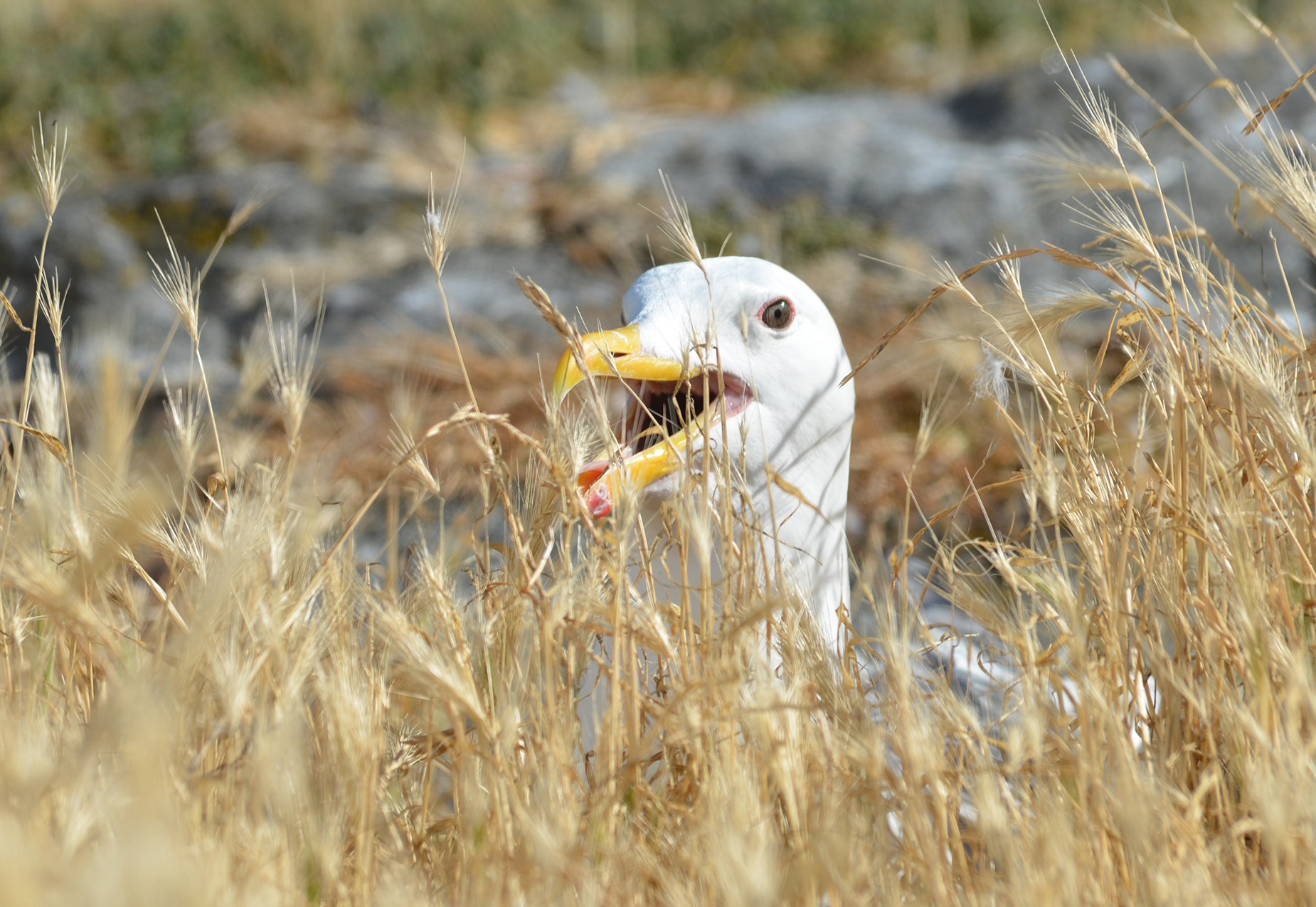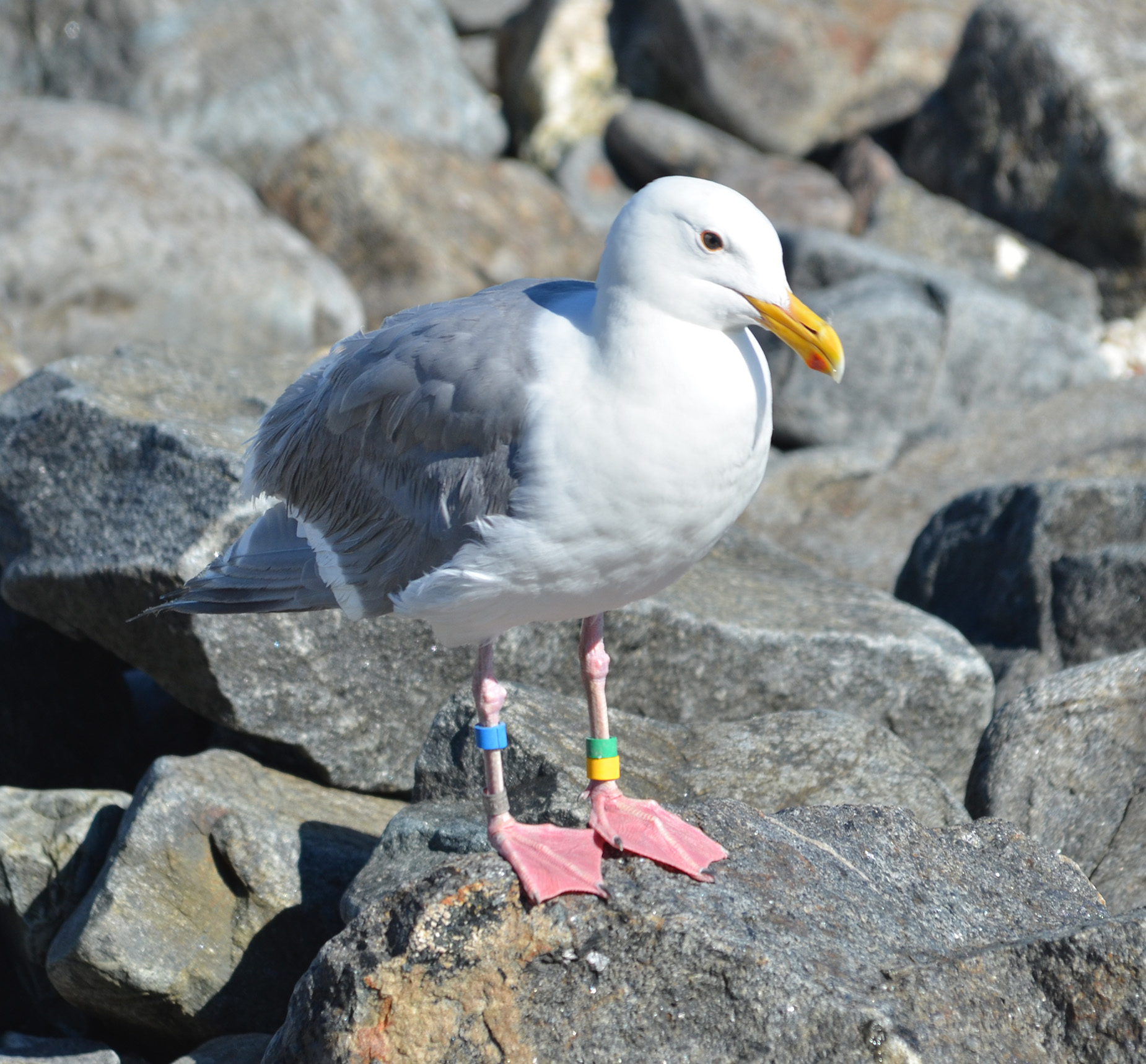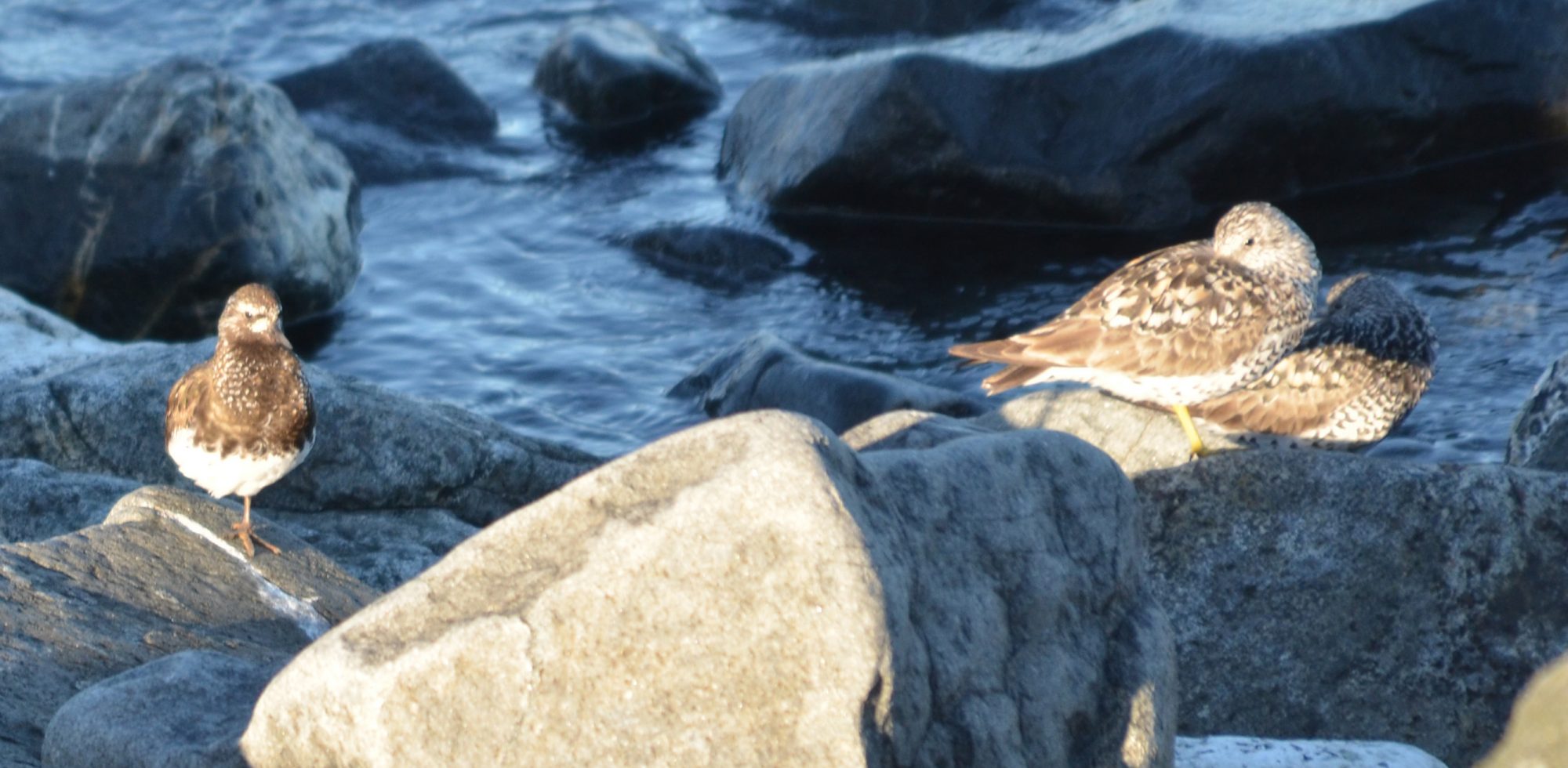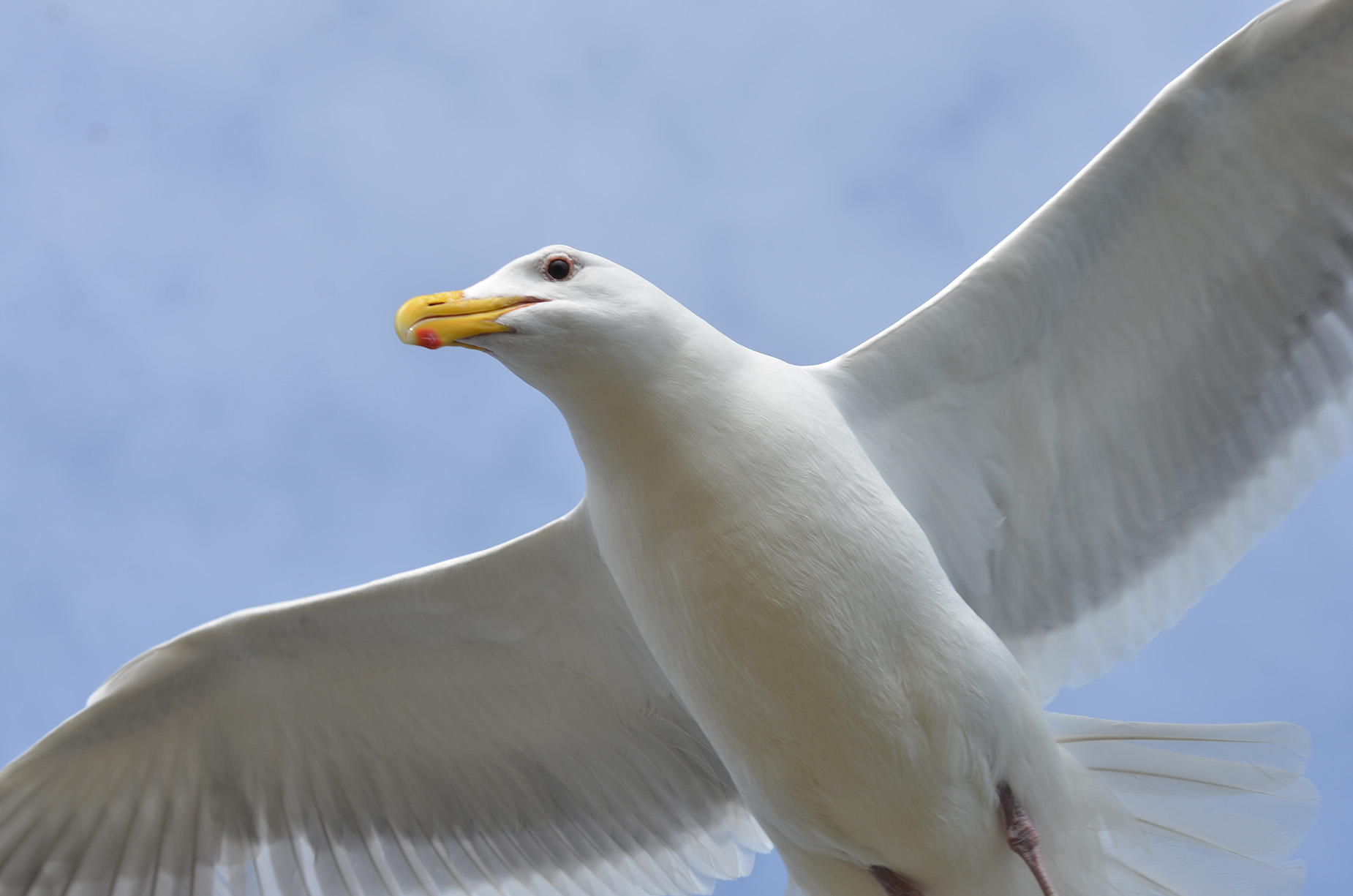Luckily for me it was a clear morning for the day of my first animal census. With coffee and binos in hand I headed up to the top of the lighthouse tower and began the count of every seal, sea lion, whale, and bird in sight… needless to say it took me much longer than expected! The sun was quickly heating up the tower and by the time I was finished counting the hundreds of sea lions, beads of sweat were dripping down my brow. Despite the heat, it was plenty worth the effort as I spotted some interesting animals – most notably, a Northern Fur seal! This little fellow was hiding in amongst the Cali’s and Stellers on the East corner of the island, not making many friends as it was crawling overtop the sea lion’s bodies and getting consistently yelled and snapped at.
Animal Census Report:
* Note the animal census was time limited to the morning only. Due to bright sun & shadows, cormorants were not distinguished by species.
Mammals:
- Steller sea lion: 371
- California sea lion: 906
- Harbour seal: 89
- Northern Fur seal: 1
- Humpback Whales: 6
Birds:
- Glaucus-winged Gull: 201
- California Gull: 1
- Western Gull: 6
- Cormorant Spp: 701
- Black Turnstones: 8
- Surfbird: 14
- Savanah’s Sparrow: 1
- Western Sandpiper: 1
Facility work:
It was a busy day trying to fit in all my tasks on top of the animal census, as I was leaving the island for the weekend. Thankfully Richard was patient with me trying to get packed to go last minute.
- Electric fence repairs – corner post on jetty snapped and got replaced.
- Cleaned solar panels
- Water sampled – just in time!
- Batteries filled (early as I would be away on Saturday)
- Animal census
- Compost and tidying of house
Weather:
- Sky: Mainly clear and sunny
- Wind: 5-10kts
- Sea state: calm
- Air temp: 23C
I was sad to be leaving for any time at all, given the excitement of the animal census. Thankfully, Bella and the students were incoming to keep an eye on the place in my absence. I’ll be back to it Monday morning!
- Eco Guardian in her natural habitat
- Northern Fur Seal
- Trying to blend in






